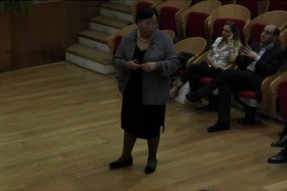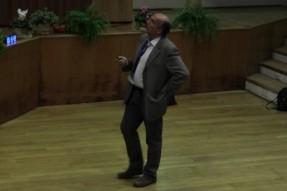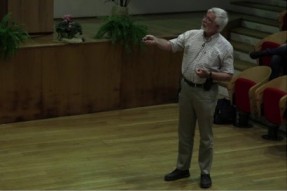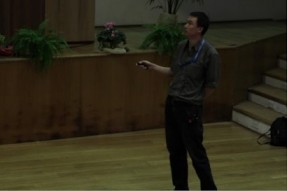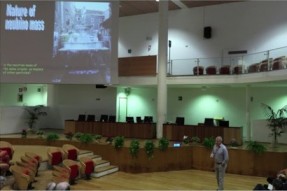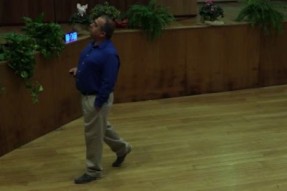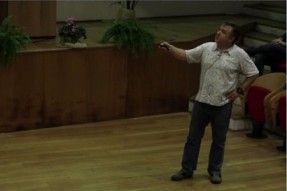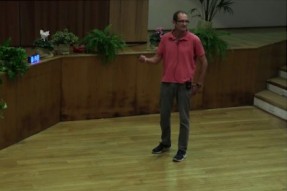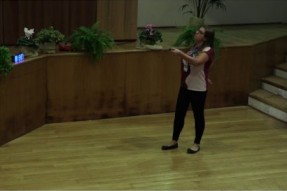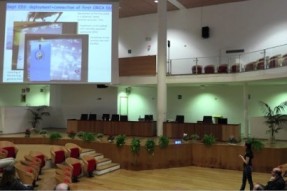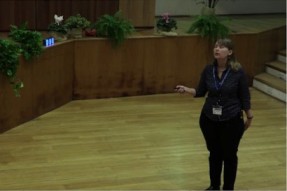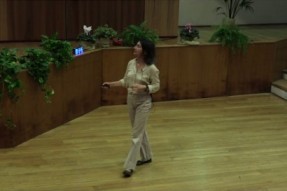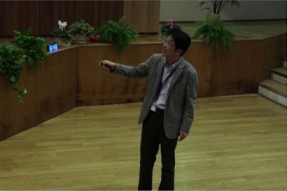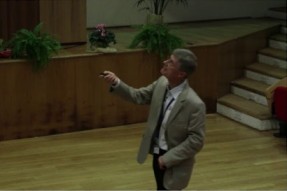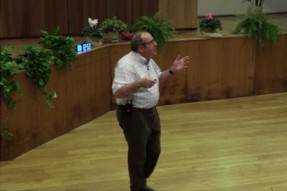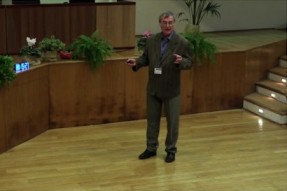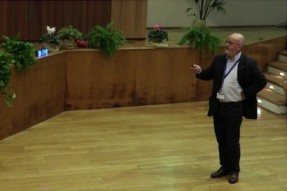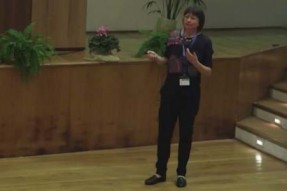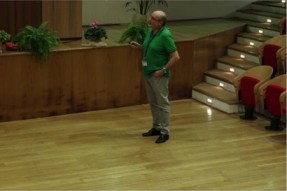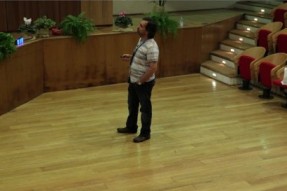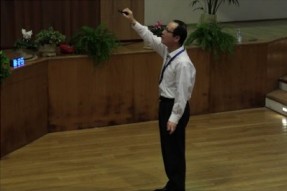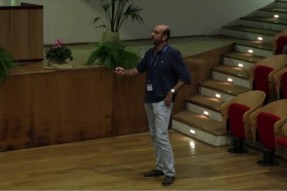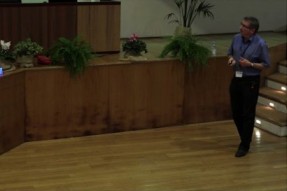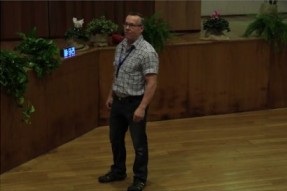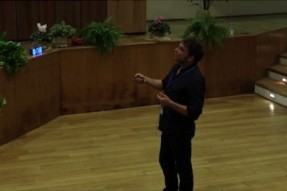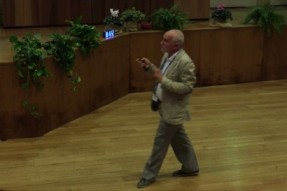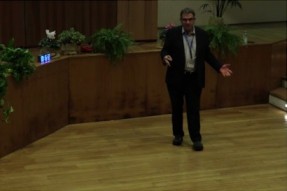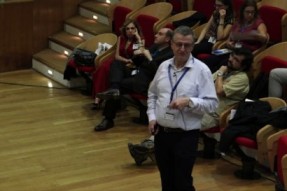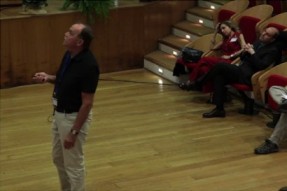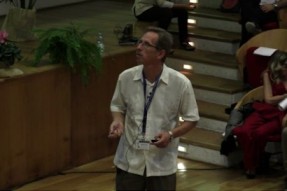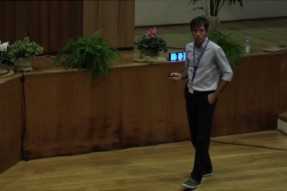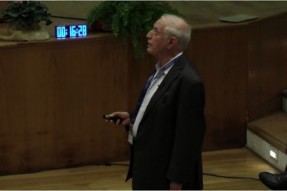Favored neutrinoless double beta decay mechanisms and associated nuclear matrix elements
Fedor Simkovic (Comenius University and JINR Dubna Bratislava, Slovakia)
The recent progress in theoretical description of the 0νββ-decay is shortly reviewed. The 0νββ-decay with the inclusion of the right-handed leptonic and hadronic currents and by assuming exchange of both light and heavy neutrinos is revisited. The possibility to discriminate between different 0νββ-decay mechanisms by using data on 0νββ-decay half-lives of different nuclei is addressed. Subject of interest are the accuracy and reliability of calculated NMEs associated with different 0νββ-decay mechanisms.
The present-day results of the calculation of the 0νββ-decay NMEs are discussed. A possible progress in the calculation of the double beta decay NMES within the QRPA approached is outlined and supported by the studies performed within schematic models. An impact of the quenching of the axial-vector coupling constant on double-beta decay processes is investigated and possibility to determined quenched value of gA is proposed. A connection between the 2νββ-decay and 0νββ-decay matrix elements is analyzed. The importance of charge-exchange reactions, double-charge exchange reactions and charge exchange of pion on nuclei for determining 0νββ-decay NMEs is discussed.
"CNNP 2017 - Conference on Neutrino and Nuclear Physics" (Catania, 15-21 October 2017)
Vedi anche
- Bellezze e sporcizia nell'Universo
- Simmetria: la ricerca di ordine in natura
- Structure of proton-rich nuclei via mirror beta decay and charge exchange reactions
- Developments and applications of Micro-Pattern Gaseous Detectors (MPGD): a concise review
- Novel approaches to the nuclear physics of double beta decay
- DAMA/LIBRA results and perspectives
- The SOX experiment at LNGS for the search of sterile neutrinos
- The HALO and HALO-1kT Supernova Detectors
- Low-energy neutrino experiment at Jinping
- Theory of neutrino masses and mixing



